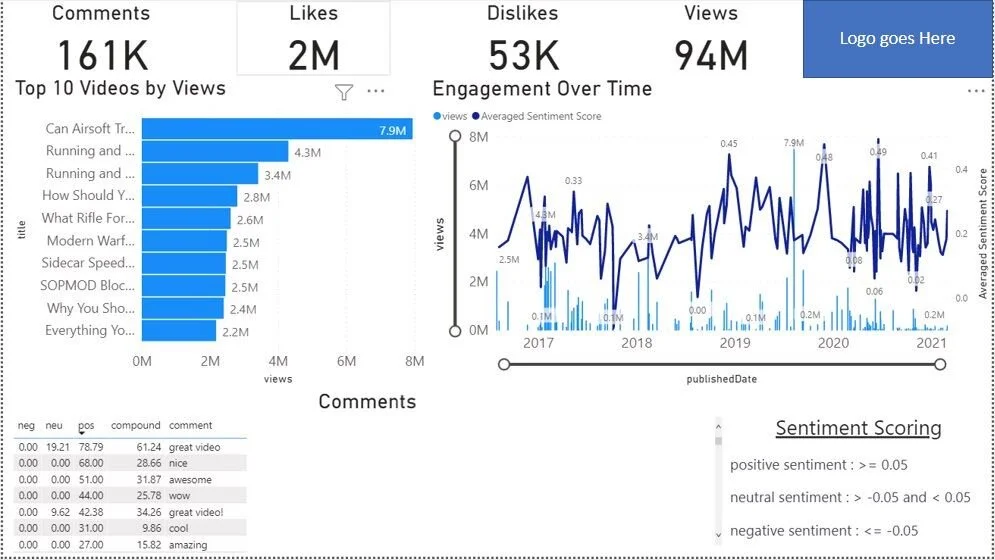Earlier this March, I visited the ER with troubling neurological symptoms. I received treatment and was released without a clear diagnosis. Weeks later, I learned my hospital stay had been coded as non-emergency, and my insurance denied nearly $9,000 in charges.
What followed was a long and frustrating effort to understand the decision — involving calls with hospital billing, ER Department Staff, and insurance reps,. It raised questions not just about how coding is done, but who does it — and whether software or overloaded billing staff may be introducing errors with significant consequences for patients.
I’ve written a detailed account of my experience, supported by medical records, economic data, and recent research on AI in billing and healthcare consolidation. My goal isn’t just to share what happened — it’s to advocate for change.
If you work in health policy, tech, or patient advocacy, I’d welcome your thoughts on how we can build a more transparent and accountable system.
Using tools like functional decomposition to enable artificial intelligence, machine learning, and analytics developers in creating better end-to-end solutions
Read More“Where are the logs? I can’t do anything if there aren’t logs!”
Software Engineers most useful tool for debugging is through the analysis of logs. Logs are the ledger that helps keep track of various states of systems at any single time. It is imperative that this historical record be analyzed properly to get the most out of monitoring performance—from complex to simple systems. In this post, Conaxon goes over how to parse Android LogCat Logs for use in analytics and machine learning applications.
Read MoreConaxon takes the reader through a simple sales forecasting project for a retail store. We cover data cleaning (pandas), feature engineering (encoding categorical/cyclical features), building a base GradientBoostedRegressor Model (Sklearn), and hyper-parameter tuning (GridSearchCV, RandomizedSearchCV, KFold).
Read MoreA brief discussion how Conaxon & Collective Vantage maintains trust and data quality. You SHOULD be wary of second hand data! But, there are ways to balance the costs and benefits to drive the most value.
Read MoreConaxon talks about key problems in applying Machine Learning, Artificial Intelligence, Analytics, and Decision Intelligence within Small / Micro Businesses.
Read MoreConaxon uses the YouTube API to extract stats and comments from a YouTube channel as a method of using data to drive content strategy that viewers and listeners like watching. Likewise, finding the content that tends to be engaged with more negatively. Deciding content strategy is not an exact science. But, there are tools out there to create a more efficient decision making process. We dive into a few different topics like using APIs, VADER Lexicon from NLTK, for and while loops, cleaning text data, and a dashboard concept to visualize a channel’s data.
Read MoreConaxon uses the YouTube API to extract stats and comments from a YouTube channel as a method of using data to drive content strategy that viewers and listeners like watching. Likewise, finding the content that tends to be engaged with more negatively. Deciding content strategy is not an exact science. But, there are tools out there to create a more efficient decision making process. We dive into a few different topics like using APIs, VADER Lexicon from NLTK, for and while loops, cleaning text data, and a dashboard concept to visualize a channel’s data.
Read MoreWe conceptualize a methodology for predicting the length of time it takes for the sales cycle to complete.
Read Morepropose a simple project to demonstrate a machine learning use case for optimizing which leads sales teams are predicted to be closed.
Read More









